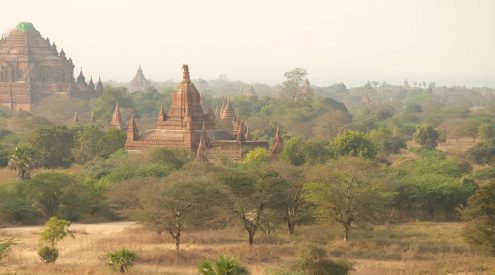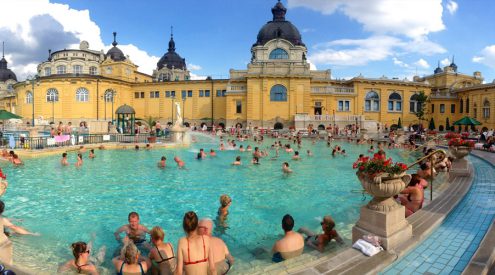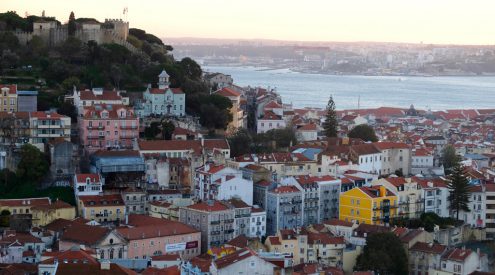Dublin is one of my favourite city destinations in Europe. I never tire of visiting its wonderful museums, churches and galleries, grand Georgian squares, the lively night life of the temple bar area. Dublin is a great city to explore on foot with new discoveries over every bridge over the River Liffey – from writer’s to rebel’s statues.
Dublin is only one of three towns in the world designated a Unesco City of Literature as the home town of four Nobel Literature Prize winners – George Bernard Shaw, WB Yeats, Samuel Beckett and Seamus Heaney – as well as Oscar Wilde, James Joyce and even Bram Stoker who wrote Dracula.
One of the best ways to see Dublin is a two-day pass with the green and red hop on hop off buses which does a circuit of the city with 24 stops at all the main places of interest. The drivers are very funny – and entertain passengers with live commentary, humorous anecdotes and songs about all the sculptures of Dublin like Molly Malone (the tart with the cart) who sells cockles and mussels.
I used a Dublin Pass you can purchase from any Dublin Tourism Office which gets you entry to all of the city’s main tourist attractions – including Dublin Castle, Writer’s Museum, Christ Church and St Patrick’s Cathedral, Trinity College, Guinness Storehouse and Jameson Distillery.
I visited the Little Dublin Museum on St Stephen’s Green set in a gorgeous old Georgian residence. Volunteers take visitors on a free tour of all the artefacts which document the history of this old Viking town – with many oddities on display. One of the main attractions is the lectern which John F Kennedy used to address the Irish parliament on his state visit in 1963 – as well as colourful old posters which capture the landmarks in the history of the city – with portraits of its many famous residents from the writers Samuel Beckett to Brendan Behan who described himself as “a drinker with a writing problem”.
The guides bring the city to life with humorous anecdotes. Apparently a ceasefire was declared on St Stephen’s Green opposite during the Easter Uprising of 1916 so the groundkeeper could feed the ducks! We also went to a U2 photographic exhibition at the museum – one of Dublin’s most famous bands.
James Joyce, who based many of his characters on people he met in pubs, used to say “A good puzzle would be to cross Dublin without passing a pub!” I met up with Eoghan Cory, one of Ireland’s best-known travel writers – who took us on a literary pub crawl. John Mulligan’s (founded in 1782) is reputed to serve the best pint of Guinness in Ireland – and featured in the film My Left Foot and in James Joyce.
Many Victorian pubs have barely changed over the years with wooden booths, old mirrors and stained glass windows – and a rogue’s gallery of famous Irish writers like the writers Patrick Kavanagh and Brendan Behan at The Palace Bar and Bowe’s are well worth a visit with plaques set in the pavement commemorating the writers – who I’m told also had to do a pub crawl to find a pub which would still let them back in!
I never tire of visiting the Long Hall in Trinity College, Dublin, one of the most beautiful libraries in the world – built in the early 1700s. Beneath the old vaulted roof, the old colonnaded arcades and high wooden stacks house over 300 000 leather-bound books – and the oldest Irish harp in the treasury – as well as an original print of the proclamation of the Easter Uprising of 1916.
The book of Kells, a manuscript of three gospels illustrated by monks on the island of Iona in the 9th century is one of the main tourist attractions in Ireland. According to the curator who turns the pages of the Book of Kells at regular intervals to preserve the old manuscript, the whole library goes into high-security lock-down when the book is opened. Every time I visit the book is open at a new page – this time the opening lines of the gospel of St John – “In the beginning was the word.” Apparently 185 calf skins were used to make the vellum pages for the book of Kells.
I visited Kilmainham Jail for the first time – billed as one of the most historic buildings in Ireland – which includes a tour of the grim prison built in 1795. Generations of Irish partisans were jailed here – and the courtyard where fifteen leaders of the Easter Uprising of 1916 were summarily executed for treason is a shrine to the Irish struggle for independence. Closed in 1924 today it is a museum with fascinating exhibitions on Irish history and penal codes.
Curiously a professor of geology at Trinity College invented the term “the long drop” – by calculating a more humane formula of body weight to the length of the rope so the victim wasn’t slowly strangled! On my travels around the world I’ve visited many prisons from Alcatraz in San Francisco and Robben Island to Freemantle in Australia, Ushaia in Argentina and now Kilmainham. I have a ghoulish fascination with jails!
I came back from Dublin with a bartender’s certificate! One of the newest tourist attractions in Dublin is the Guinness Academy where visitors learn the six steps of how to pull the perfect pint of Guinness! I passed with flying colours! It also features a new interactive map where fans can join the global Guinness community. Believe it or not, the top tourist attraction in Dublin is the Guinness Storehouse at St James Gate Brewery on a fifty acre site which draws 1,1 million visitors a year! Over one million pints of Guinness are brewed here every day.
In fact, Arthur’s Day (the founder of Guinness) is celebrated around the world on Sept 24 under the slogan, “Paint it black!” Set in the original storehouse, the museum is shaped like a gigantic pint glass. It documents the social history of Guinness and Dublin since 1759, with floors dedicated to the history of Guinness brewing, the coopers, the iconic toucan advertising campaigns – and the gravity bar on floor seven which has incredible 360 views of Dublin – and where you get the freshest free pint!
We enjoyed a wonderful meal at Gilroy’s (named after the Irish artist who created those Guinness is Good for You adverts) on the fifth floor of the Guinness Storehouse. They use Guinness to make dark yeasty bread, mackerel pate, Guinness beef casserole and local mussels in a rich creamy Guinness sauce. Visitors get free recipe cards to make all of these dishes as well as Guinness chocolate mousse and Guinness cured salmon. We also enjoyed dinner at Gallaghers Boxty, a lovely old Dublin pub which specialises in traditional Irish stews, bacon and cabbage, potato pancakes and dumplings with mash (champ and colcannon). We also enjoyed traditional Irish folk music at Fitzsimons pub to hear the pipes and pennywhistles.
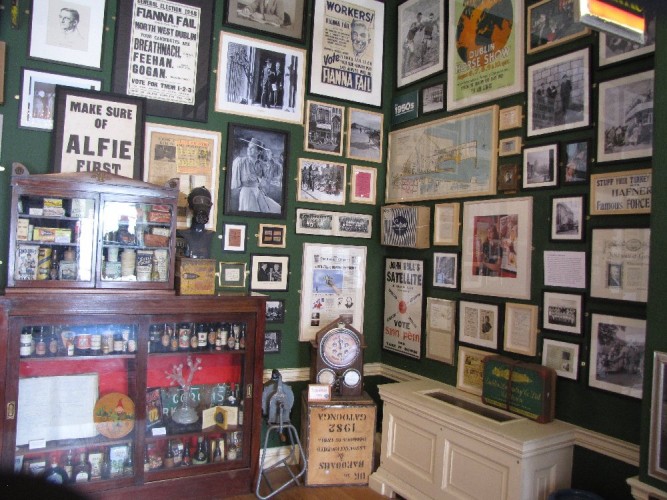
Marvellous city memorabilia at the Little Museum
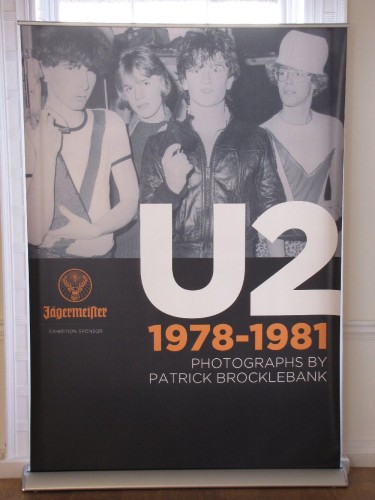
One of Dublin's most famous cultural exports
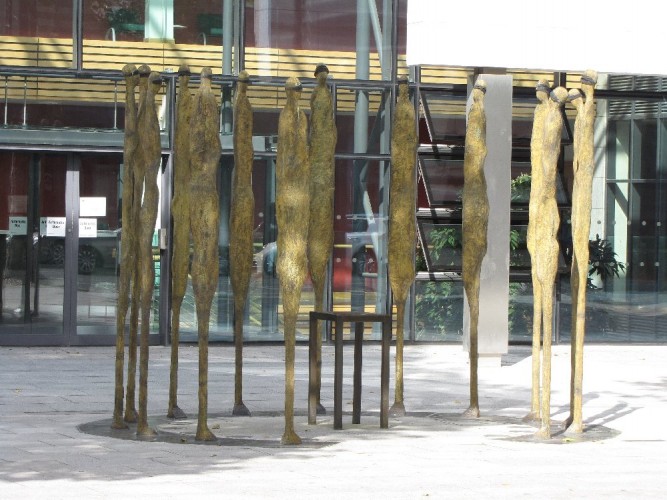
Monument to the leaders of the Easter Uprising of 1916
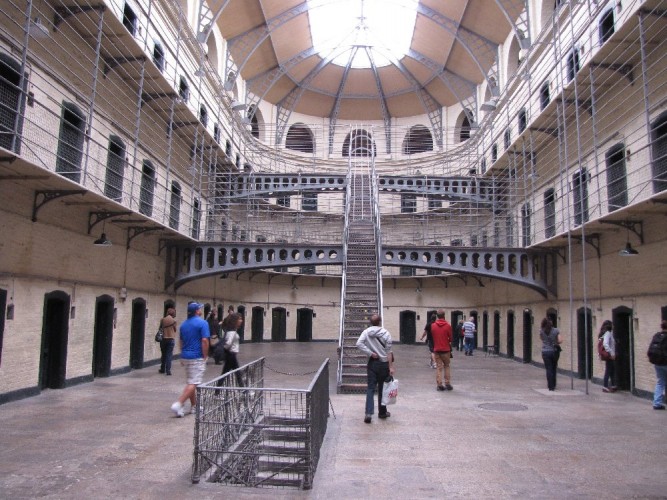
Kilmainham Jail - Shrine to Ireland's rebels
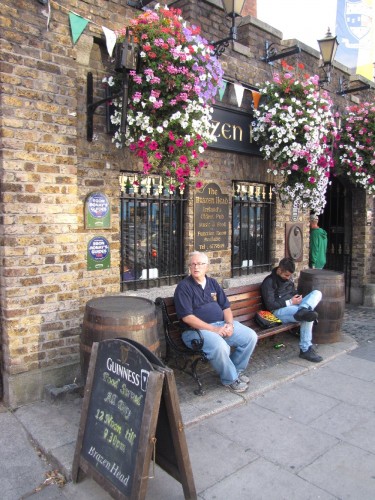
The Brazenhead, the oldest pub in Dublin (1198)
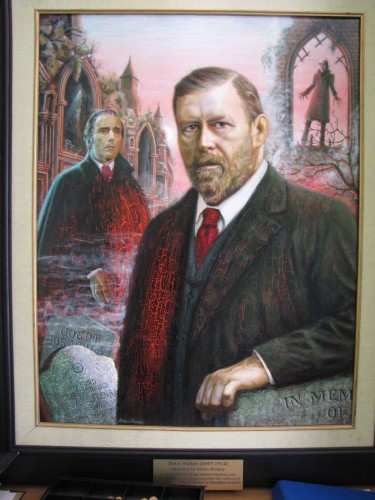
Bram Stoker, Dubin author of Dracula, at The Writer's Museum
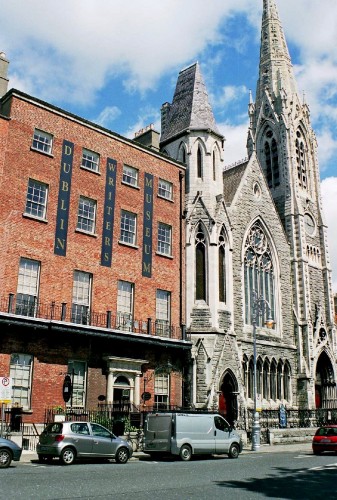
Dublin Writers Museum
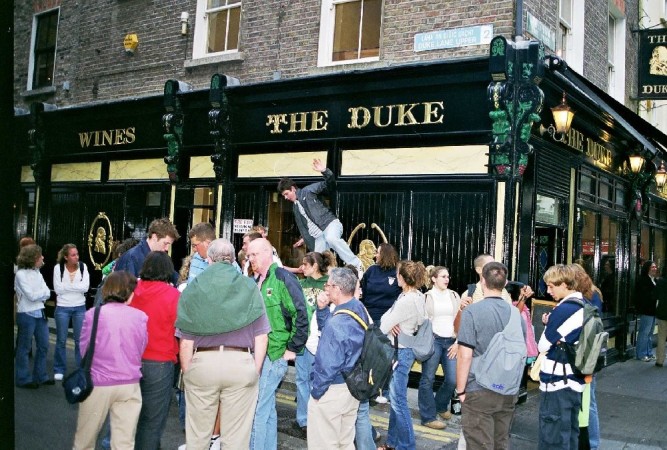
Setting off on the great literary pub trail
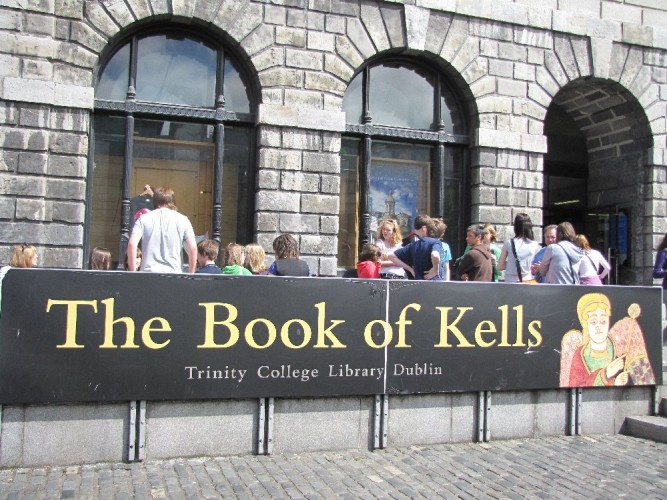
One of Dublin's biggest tourist attractions
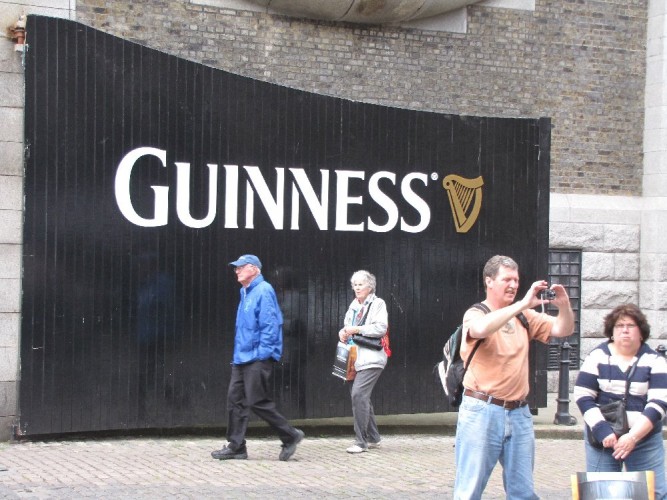
The Guinness Storehouse, Dublin's biggest attraction!
For more information on Dublin contact Tourism Ireland on tel 011-442-0822, email [email protected] or visit www.discoverireland.com









